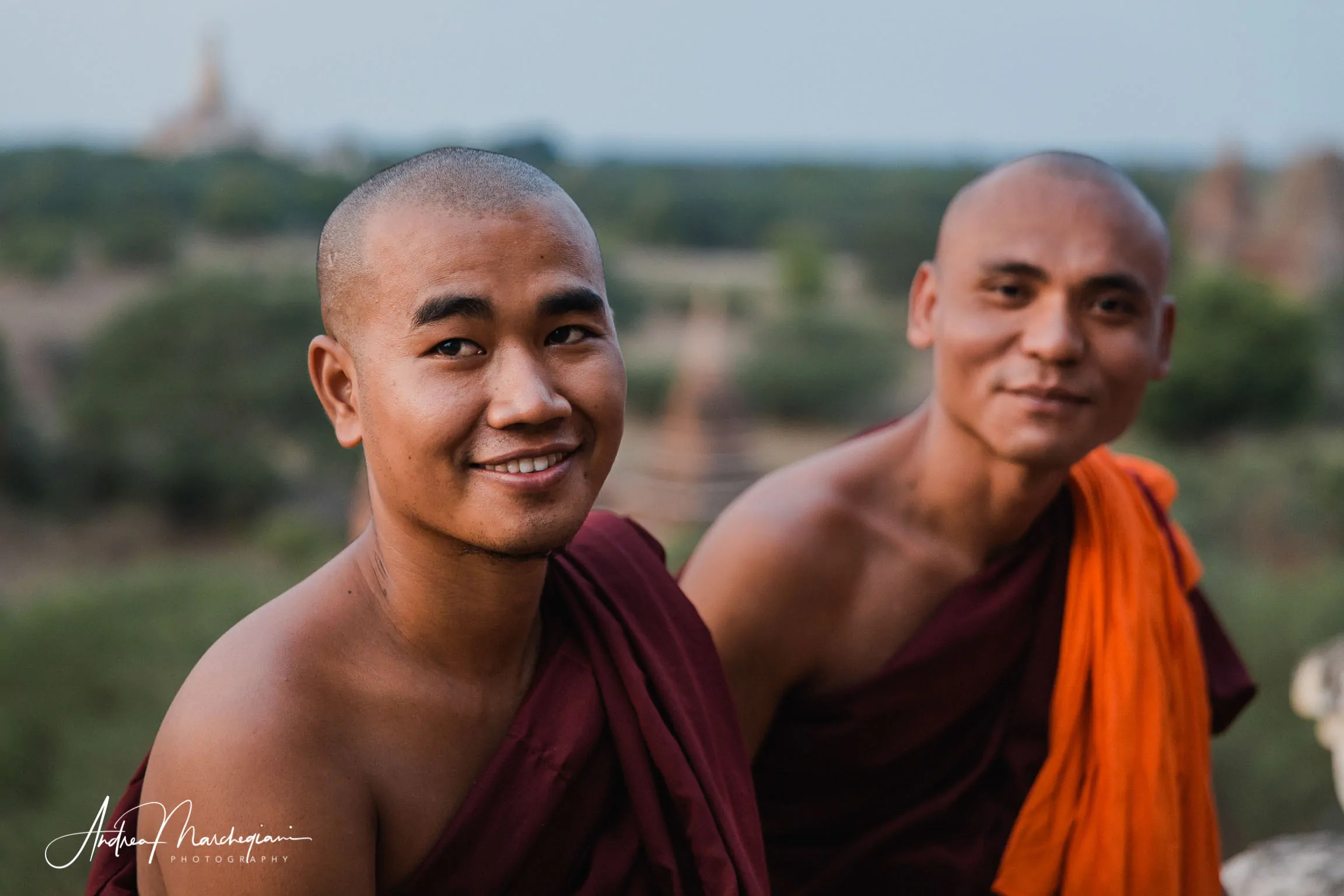
- Home
- Photo Galleries
- Portrait Photography
- Landscape Photography
- Street Photography
- China
- Ethiopia
- India
- Holy Ganges
- Varanasi
- Varanasi Ganga Aarti
- Varanasi, Manikarnika Ghat
- Varanasi Streets & Alleys
- Varanasi Demolition
- Varanasi Fruit Market
- Sarnath
- Brick Kilns
- Tamil Nadu, Chennai & Mamallapuram
- Tamil Nadu, Fort Tirumayam & Madurai
- Tamil Nadu, Tiruvannamalai & Thanjavur
- Kerala, Munnar
- Kerala, Peryiar
- Kerala, Backwaters
- Kerala, Kochi
- Kazakhstan
- Myanmar
- Senegal
- Uzbekistan
- Travel Blog
- China
- Ethiopia
- India
- Tamil Nadu & Kerala
- Varanasi
- Whato to do in Varanasi
- Varanasi Life along the Ghats
- Varanasi Death along the Ghats
- Varanasi Ganga Aarti Ceremony
- Varanasi demolished to honor Shiva
- Varanasi Fruit Market
- “Varanasi, A Journey into the Infinite”
- Sarnath
- All about River Ganges
- Holy Shit. All about Indian Cow Dung
- Clean India Project
- Brick factories
- Tilaka, pundra, bindi: what is the mark on Indian foreheads?
- Kazakhstan
- Mongolia
- Ulaanbaatar, the coldest capital in the world
- What to do in Ulaanbaatar
- Chinggis Khan Museum, 6 floors of Mongolian history
- Gorkhi-Terelj National Park and Bodgkhan Natural Reserve
- Altai Mountains, Things to do in Olgii and Sagsai
- Living with the Eagle Hunters
- Sagsai Eagle Festival
- Navrus Festival
- Xöömej, Mongolian throat singing
- Mongolian Food
- Myanmar
- Senegal
- Uzbekistan
- Latest Posts
- Photography Blog
- About
- Prints
Mongolia. Xöömej, or khoomei, or deep throat singing, is a unique vocal technique that will leave you stunned. Those who attend an exhibition tell of magical and hypnotic sounds, able to transport the listener to another world. But what is so special about this difficult vocal technique?
Share with your friends:

What is Xöömej, the Mongolian throat singing
Xöömej, or khoomei, or deep throat singing, is a unique vocal technique that will leave you stunned. Widespread in the Altai mountains, it is based on a specific throat sound emission which allows the singer to simultaneously produce two sounds.
Born with the aim of imitating the sounds of nature, which shaped the entire Mongolian culture, khoomei evolved into a highly respected musical art. The harmonies produced by the Mongolian throat singers are often described as magical and hypnotic sounds, capable of transporting the listener to another world.

On a technical level, Throat Singing exploits the throat and vocal cords to create two distinct harmonic sounds. This happens by vibrating simultaneously the two ventricular folds of the larynx (false vocal cords) and the two below (true vocal cords), so that the sound produced divides into several parts, which are then amplified and modified by the cavities of the throat and mouth.
In practice, the throat singer begins by emitting a basic sound, such as a hum or a low guttural sound, which is produced from the back of the throat. This is then modified through the use of the tongue, lips and cheeks to create a series of superior harmonics, which overlap the basic sound to create the distinctive effect of Mongolian throat singing.
The singer can perform in different ways, depending on the style of throat singing he is referring to. For example, in the “kargyraa” style, the shape of the throat is modified to produce a low and guttural sound similar to an animal roar, while the “sygyt” style uses the mouth to emit a hissing and fluted sound.
Both techniques require a lot of practice and training to be performed correctly.
Khoomei is often accompanied by morin khurr, the horse-head violin. It is an arched instrument with only two strings, characterized by a trapezoidal harmonic case and a bridge that ends with a horse’s head carved in wood.

Traditional Mongolian music is often combined with acrobatic shows, which add even more charm and magic to the musicians’ performances. In Mongolia, it is easy to find musical groups or soloists performing traditional music, both in the villages and in the cities, and many tourist facilities organize singing and dancing performances to keep the tradition alive and help it spread.
During my trip to Mongolia, I attended a performance at the Mongol Khuur Center in Ulaanbaatar, where some students played traditional pieces alternating with reinterpretations of modern ballads (including a song by Ed Sheeran!). I have to admit that the atmosphere has been exciting. If you love music, you can’t visit the Monoglia without giving yourself this experience!

















